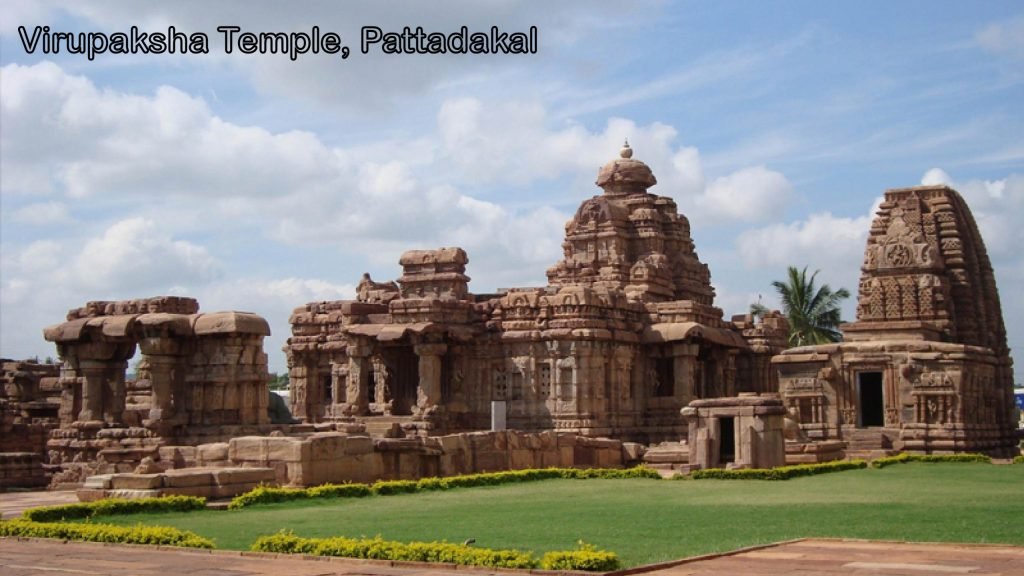02 Apr 2024 900 year old Chalukyan inscription discovered in Telangana
This article covers ‘Daily Current Affairs’ and the topic details of the ”900-year-old Chalukyan inscription discovered in Telangana”. This topic is relevant in the “History” section of the UPSC CSE exam.
Why in the News?
- A Kannada inscription dating back 900 years from the Kalyana Chalukya dynasty has been unearthed in Gangapuram, a temple town situated in the Jadcherla mandal of Mahabubnagar, Telangana.
- The inscription, dated June 8, 1134 CE (Friday), was authorised by the Customs Officers of Tailapa-III, the son of Kalyana Chalukya Emperor ‘Bhulokamalla’ Someswara-III.
- It documents the exemption of toll taxes for the maintenance of the perpetual lamp and incense offerings at the temple of God Somanatha.
About Chalukyas
Rise of the Chalukyan Empire
- The Chalukyas emerged as a dominant force in the 6th century CE, establishing their capital at Badami in present-day Karnataka.
- Pulakeshin I, the dynasty’s founder, led a period of expansion, defeating neighbouring kingdoms like the Kadambas and Mauryas.
- Pulakeshin II, a renowned ruler, further solidified their power through conquests and alliances. Under his reign, the empire reached its zenith, encompassing vast territories across South and Central India.
Different branches of the dynasty
The Chalukya Empire eventually divided into distinct branches:
- Badami Chalukyas: Renowned for their artistic and architectural achievements, they ruled from Badami.
- Western Chalukyas: Based in Kalyani, they continued their predecessors’ legacy, dominating parts of Karnataka and Maharashtra.
- Eastern Chalukyas: Carving out their own kingdom in Vengi (Andhra Pradesh), they played a significant role in South Indian politics.
Faith and Art
- The Chalukyas were patrons of a rich cultural environment.
- While Hinduism flourished under their rule, with magnificent temples dedicated to various deities built, they also displayed religious tolerance.
- Jainism and Buddhism received support, leading to the construction of impressive caves and monasteries.
Administration of Chalukyas
Divisions and Revenue Collection
The vast Chalukyan Empire relied on a well-structured administrative system to maintain order and ensure a steady flow of income. The empire was divided into smaller units called Rashtras or Mandalas, each governed by a local administrator known as a Mandaleshwara. This ensured efficient local governance and responsiveness to the needs of the people.
Hierarchical Structure
For larger regions, the Chalukyas appointed provincial governors called Rashtrakutas. These governors oversaw multiple Mandalas and reported directly to the king, providing a centralised control mechanism. This hierarchical structure ensured efficient communication and a clear chain of command.
Land Revenue
Land revenue was the primary source of income for the Chalukyan Empire. The empire had a sophisticated system of land measurement and taxation. This system ensured that taxes were levied fairly and accurately, generating a consistent revenue stream to support the empire’s infrastructure, military, and cultural endeavours.
Decline of the Empire
- From the 12th century onwards, the Chalukya Empire faced internal conflicts, dynastic rivalries, and external threats, leading to its gradual decline.
- The Western Chalukyas succumbed to the Cholas in the 12th century, while the Eastern Chalukyas continued ruling in Vengi until the 13th century.
- They established an efficient administrative structure with well-defined divisions and a sophisticated revenue system.

Architectural Marvels
- Chalukyan temples stand as testaments to their artistic brilliance, characterised by a unique blend of Dravidian and Nagara styles (known as the ‘Gadag Style’).
- The Virupaksha Temple at Pattadakal, a UNESCO World Heritage Site, exemplifies this style with its intricate carvings and towering gopurams.
- Similarly, the Durga Temple at Aihole showcases ornate pillars and sculpted panels depicting Hindu deities and mythological scenes.
Literature and Art Forms
- The Chalukya era witnessed a flourishing of literature and classical dance forms.
- Pampa, a court poet, composed the epic poem “Vikramarjuna Vijaya” in Kannada.
- Sculptures suggest the development of Bharatanatyam during this period.
- Ranna, another prominent poet, celebrated Jain figures in his poem “Ajita Tirthankara Purana.”
Download Yojna daily current affairs eng med 2nd April 2024
Prelims practise question
Q1. Consider the following statements:
- Ranna, a prominent Chalukyan poet, composed the epic poem “Vikramarjuna Vijaya”.
- Rashtrakutas governed the administrative units known as ‘Mandalas’ in the Chalukyan Empire.
- The Western Chalukyas were based on Kalyani
How many of the statements above are NOT correct?
(a) Only one
(b) Only two
(c) All three
(d) None
Answer: B
Mains practise questions
Q1. Discuss the architectural innovations introduced by the Chalukyas and their significance in shaping the temple architecture of Southern India during their era.
I am a content developer and have done my Post Graduation in Political Science. I have given 2 UPSC mains, 1 IB ACIO interview and have cleared UGC NET JRF too.


No Comments